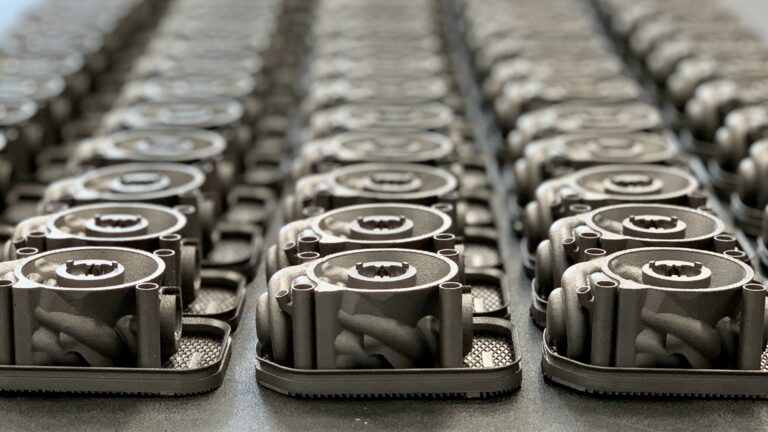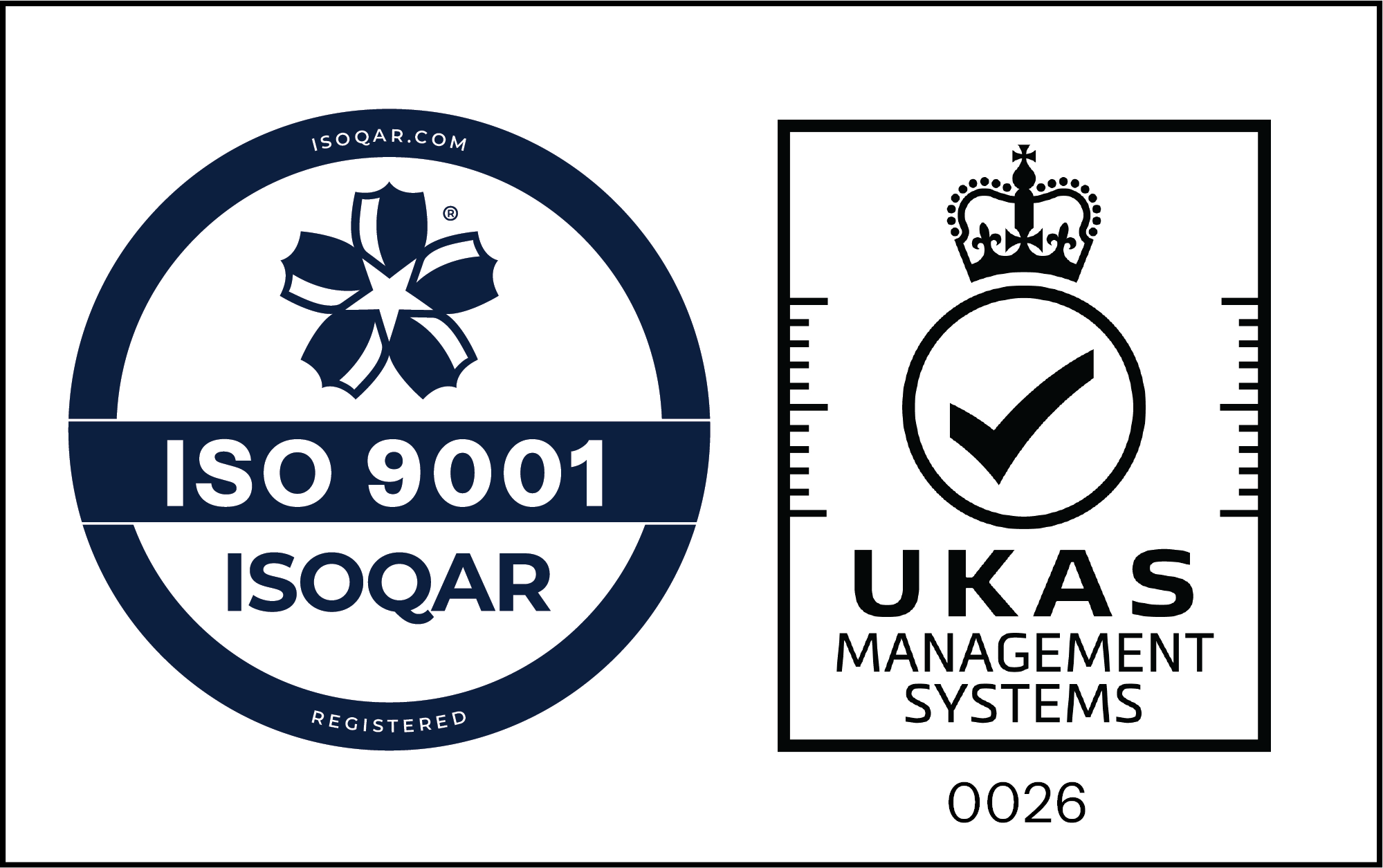Hydraulic systems are widely used across a range of industries such as aerospace, robotics, and automotive and are used to leverage the power of fluid mechanics to transmit force and control movement effectively. Although hydraulic systems can be complex, they consist of five fundamental components:
Hydraulic Fluid
At the heart of every hydraulic system is hydraulic fluid; a specialist medium that facilitates the transmission of power. Hydraulic fluid must possess specific properties to ensure optimal system performance and longevity.
The viscosity of the fluid is carefully selected based on the operating temperature range and the desired performance characteristics of the system. The fluid must be of a low enough viscosity (thin) to achieve low fluid friction but not too low to avoid excessive leakage (or increased sealing effort) and to ensure the building of a lubrication film to prevent power loss and fluid leakage.
As hydraulic systems rely on the principle of transmitting force through fluid pressure, ideally we want a non-compressible medium to ensure that the force applied to the fluid by the pump is effectively transferred to the system’s actuators without significant loss and reduce control performance.
As the fluid circulates through the system, it also acts as a lubricant, reducing friction and wear between the various moving parts. This helps prevent excessive heat generation, reduces component wear, and extends the lifespan of the system.
Common types of hydraulic fluids include mineral oil-based fluids, water-based fluids, and synthetic fluids. Selecting the appropriate hydraulic fluid is dependent on several factors, including the operating temperature range, system pressure levels, environmental considerations, and compatibility with the materials used in the system.
Reservoir
The reservoir is a dedicated storage tank that holds the hydraulic fluid that is normally unpressurised. Its primary function is to ensure a consistent and reliable supply of fluid to the system, guaranteeing an uninterrupted flow for efficient operation.
Before the fluid enters or before it leaves the reservoir, depending on the system, it goes through a filter that ensures promoting fluid purity and system integrity. The filter captures and removes contaminants that may be present in the fluid that could otherwise cause a system failure.
Pump
The pump draws fluid from the reservoir. It then provides the flow, from which the pressure for optimal system performance and power transmission then builds in the fluid before it is distributed it to various components. Hydraulic systems commonly use two types of pumps: gear pumps and piston pumps, each offering distinct advantages and suitability for specific applications.
Gear pumps are known for their low ripple flow rates, and being compact and robust, making them ideal for applications where a steady and continuous flow is required, however, they have fixed displacement, are less efficient, and can be noisy.
Piston pumps, on the other hand, are favoured for their ability to generate higher pressure capabilities, variable displacement, and higher efficiency when compared to gear pump.
The design and specifications of the pump are typically tailored to align with system requirements, including the desired flow rate, pressure levels, system efficiency, and overall performance goals.
Valves
Valves are an essential component that control the flow and direction of hydraulic fluid. They act as gatekeepers and facilitate precise control over fluid paths by selectively permitting or restricting flow when required.
Valve selection depends on various factors, including flow rates, pressure ranges, and the desired level of control.
Common valve types include directional control valves, pressure control valves, flow control valves, and check valves. Each valve type serves a specific purpose in regulating fluid flow and pressure, enabling efficient operation and optimal performance of the hydraulic system. The most advanced and applicable option currently on the market is Domin’s direct drive servo valve renowned for its superior performance and reliability.
Actuators
The two primary types of actuators are cylinders and hydraulic motors.
- Cylinders excel at generating linear motion. These devices consist of a piston and cylinder arrangement, where pressurised hydraulic fluid acts on the piston surface to create linear force and movement. Cylinders are extensively used in applications that require lifting heavy loads, precise positioning of machinery, or linear actuation. Industries such as construction, material handling, and automotive rely on these cylinders for their exceptional strength, reliability, and ability to generate substantial linear force with precise control
- Hydraulic motors, on the other hand, specialise in converting hydraulic pressure and flow into rotary motion. These motors feature a rotor and a rotating shaft that converts the energy of pressurised hydraulic fluid into continuous torque. Hydraulic motors are ideal for applications like the movement of wheels, conveyor belts, rotary actuators, and other rotational equipment. Their ability to deliver high torque at various speeds enables efficient power transmission and control making them useful in industries such as agriculture, mining, and manufacturing.
Actuators in hydraulic systems undergo meticulous design and engineering to ensure optimal performance. Parameters such as bore size, stroke length, and piston or rotor design are carefully selected based on the specific application requirements. Factors like load capacity, speed, and precision play an important role in determining the actuator’s specifications and suitability for any given task.
Understanding these 5 basic components within a hydraulic system is crucial for diagnosing issues, performing maintenance and optimising your system’s performance. At Domin, we are experts in designing hydraulic systems and offer the most advanced solutions currently available. To learn more about our hydraulic product range, contact our Sales team.

